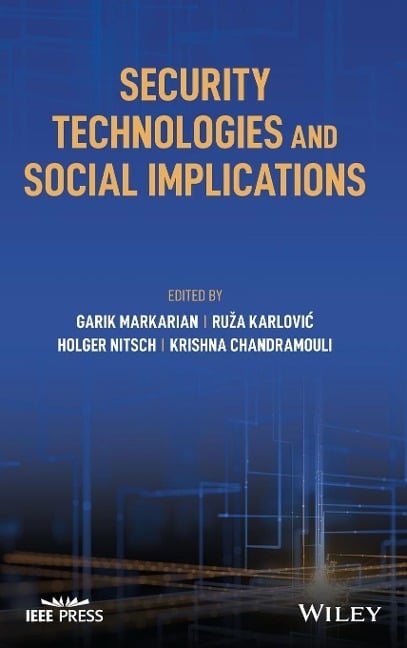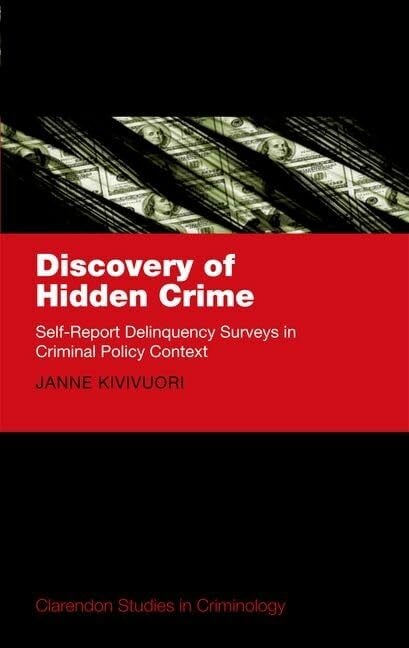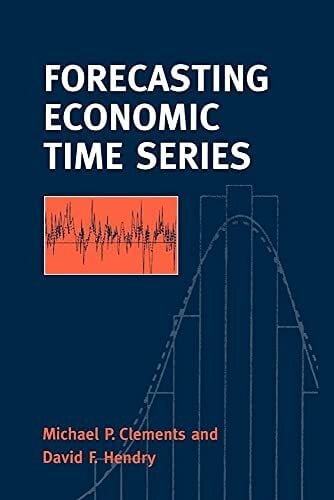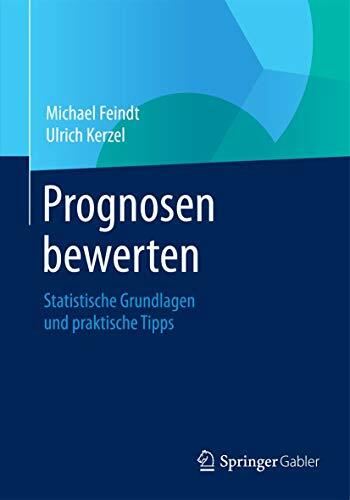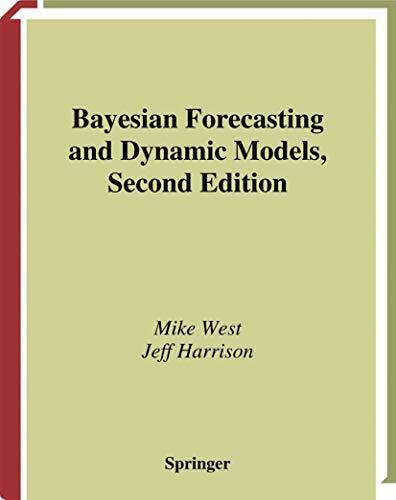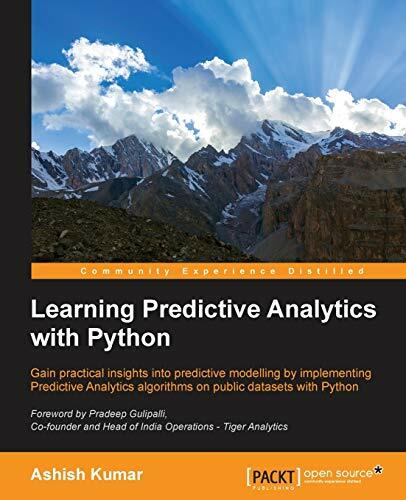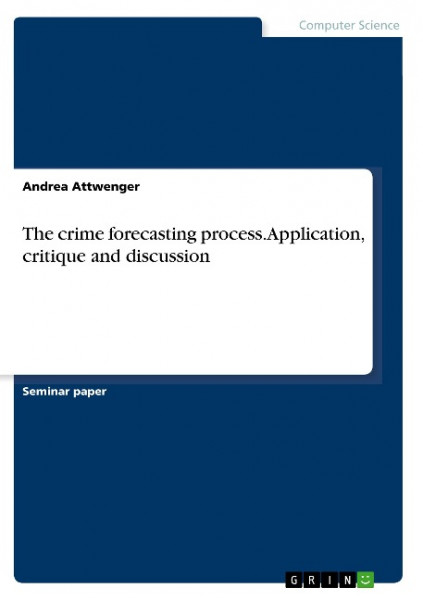
The crime forecasting process. Application, critique and discussion
Kurzinformation
inkl. MwSt. Versandinformationen
Artikel zZt. nicht lieferbar
Artikel zZt. nicht lieferbar

Beschreibung
Seminar paper from the year 2016 in the subject Computer Sciences - Artificial Intelligence, grade: 1.3, LMU Munich (Institut für Informatik), course: Seminar und Praktikum Wissenschaftliches Arbeiten und Lehren, language: English, abstract: The development of new information systems and data mining techniques has made it possible to make predictions of the place, time, victim or perpetrator of a future crime by analyzing past crime reports.Providing that enough relevant data has been collected before, computational algorithms can be used to find patterns and forecast crimes. Underlying theories make use of criminological findings such as the increased threat to areas already targeted once or to areas close to a victimized neighborhood.The usage of computers allows for a quicker and more effective analysis as well as the discovery of patterns otherwise not humanly detectable. In order to be effective, forecasts need to be followed by concrete measures. They can be used to plan police operations and specifically deploy forces and resources in realtime. This paper describes the most important steps of the crime forecasting process. von Attwenger, Andrea
Produktdetails

So garantieren wir Dir zu jeder Zeit Premiumqualität.
Über den Autor

- Gebunden
- 388 Seiten
- Erschienen 2020
- Wiley-VCH
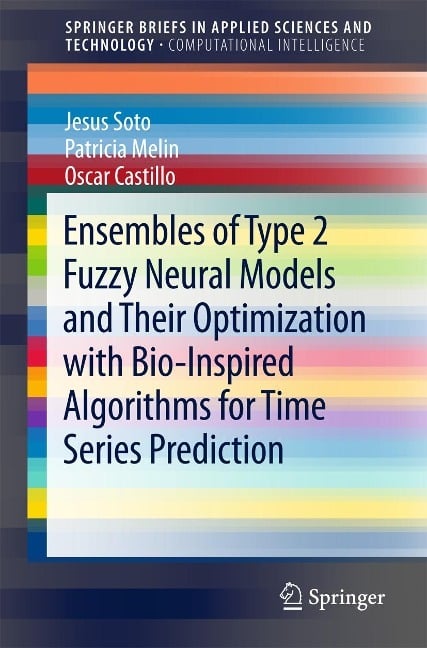
- Hardcover -
- Erschienen 2017
- Springer

- Gebunden
- 396 Seiten
- Erschienen 2015
- Springer Gabler
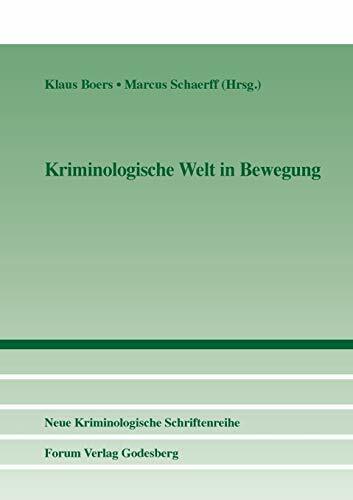
- Kartoniert
- 812 Seiten
- Erschienen 2018
- Forum Vlg Godesberg

- Hardcover
- 312 Seiten
- Erschienen 2001
- Springer

- hardcover
- 467 Seiten
- Erschienen 2014
- Springer

- Gebunden
- 452 Seiten
- Erschienen 2001
- Springer

- Hardcover
- 388 Seiten
- Erschienen 1993
- Springer

- hardcover
- 319 Seiten
- Erschienen 2019
- Springer

- hardcover
- 792 Seiten
- Erschienen 2017
- Springer






